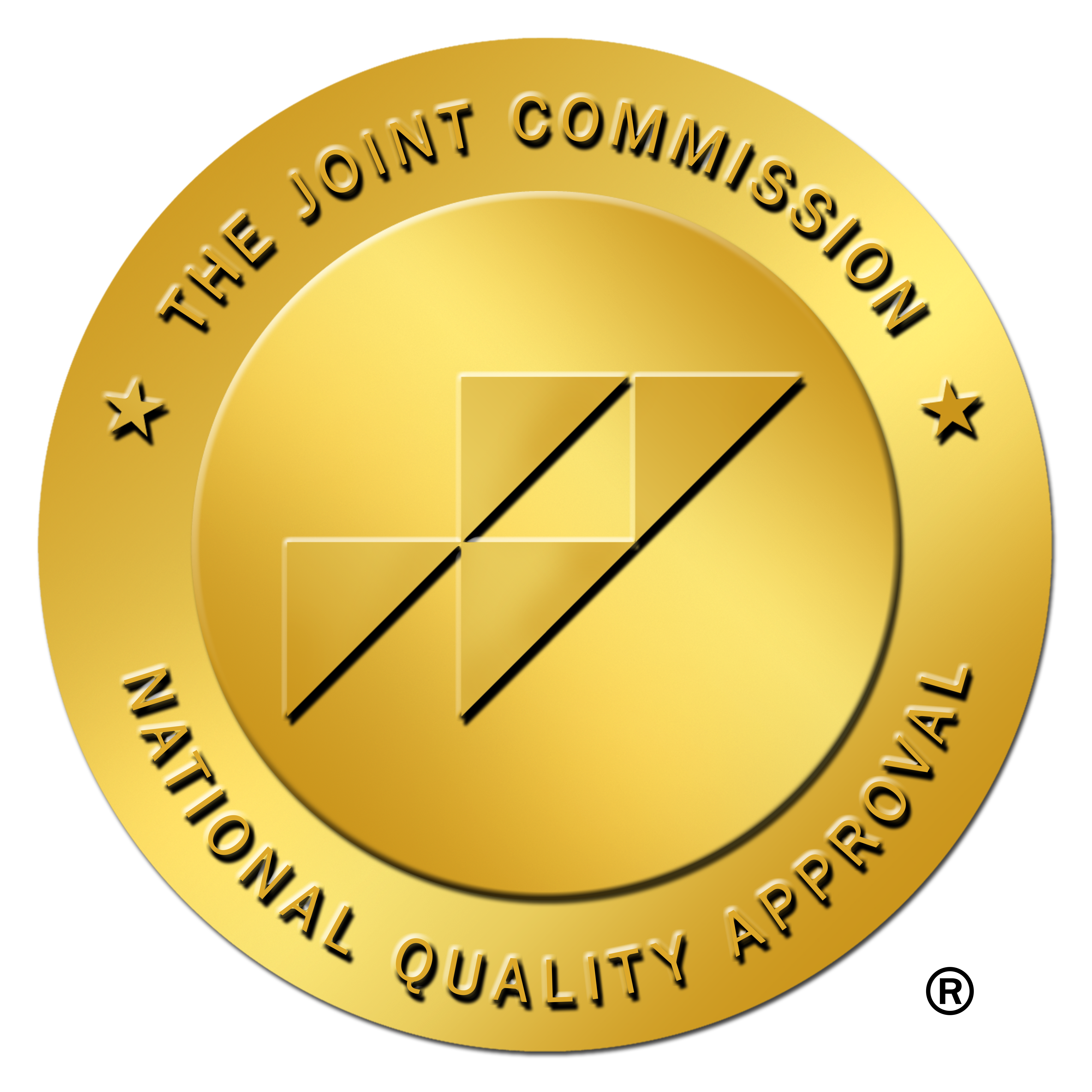It seems like every time you see the news or log onto social media, there’s another story of a college athlete or famous person dying by suicide. It’s not a coincidence that it seems like suicide happens so frequently.
Suicide is the ninth leading cause of death for ages 10-62 and the second leading cause of death for ages 10-14 and 25-34. Someone completes suicide about every 11 minutes in the United States. These numbers are staggering and show a need for a greater focus on suicide prevention.
Factors That Contribute to Thoughts of Suicide
Thoughts of suicide generally don’t occur on their own. Various factors can contribute to these thoughts. Having a high number of risk factors doesn’t necessarily lead to suicide attempts, but knowing how to identify the factors allows for quicker diagnosis and treatment of suicide prevention.
“Suicidal thoughts do not exist without attachment to some core issue or experience,” said Dr. Julie D. Eberwein, Executive Director at Integrative Life Center. “It is critical to encourage treatment so that the core issue(s) can be addressed and neutralized, allowing the thoughts of suicide to no longer be a viable option.”
Factors that contribute to thoughts of suicide include:
- Race/Ethnicity. Non-Hispanic American Indian/Alaska Native and non-Hispanic White populations have the highest completion rate.
- Location. People who live in rural areas are more likely to complete suicide than those who live in urban areas.
- Career. People who work in mining and construction have higher suicide rates than other careers.
- Sexual Identity. Youths who identify as LGBQIA+ are more likely to have thoughts of suicide than their cisgender heterosexual peers.
- Mental Health Conditions. Depression, low self-esteem, substance use, and other mental health conditions can lead to the desire to no longer live.
- Physical Health Conditions. Physical health conditions that may cause a change in activity, chronic pain, painful treatments, etc., may feel intolerable. Fear of being a burden on loved ones may lead to thoughts of suicidality.
- Gender: Men are three times more likely to complete suicide than women. But women are more likely to attempt suicide.
- Age: People 25 to 34 years old and 75 to 84 years old are more likely to complete suicide than other age groups
- Previous Attempts. People who previously attempted suicide are at higher risk of completion.
- Stressful Life Events. People who have been victimized, recently lost a job, divorced, have legal issues, or lost a loved one are at higher risk.
- Relationships. Being bullied, having previous loss of a loved one to suicide, being involved in high-conflict relationships, or social isolation can increase the risk of suicide.
- Community. Communities where there is a lack of access to healthcare have suicide clusters, experience stress from acculturation, have a high violence rate, historical/generational trauma, and high rates of discrimination are at higher risk for thoughts of suicide.
- Veterans. Veterans are highly susceptible to suicide completion.
Signs Someone May Be Considering Suicide
There are often signs someone is contemplating suicide and making a plan. Knowing the warning signs can help you get your loved one the help they need earlier.
Common warning signs include:
- Saying things such as “life would be better without me around”
- Stating they are a burden
- Giving away prized possessions
- Panic attacks or anxiety
- No longer caring for hygiene.
- Irregular sleep or eating habits
- Hopelessness
- Easily irritability and mood swings
- Reckless behavior
- Isolation
- Increased substance abuse
- Inflicting physical harm to self
- Withdrawing from loved ones
- Finding ways to make lethality more accessible, such as buying weapons, guns, or stockpiling pills
- Making a plan to commit suicide
- Hopelessness
Why Suicide Prevention is Critical
Suicide prevention saves lives. Suicide affects not only the individual who completes suicide but also those who attempt suicide and their loved ones. Attempting to end one’s life with or without completion can lead to serious injury. Individual suicide attempts and completion may lead loved ones to experience anger, shock, guilt, grief, depression, anxiety, or even attempt suicide themselves.
Circumstances that Lessen Suicide Risk
Along with knowing the risk factors that increase the chances of thoughts of suicide, knowing the circumstances that protect against risk are equally important.
Suicide risk decreases through:
- Individuals. Individuals who have developed effective problem-solving and coping skills, a reason for living or purpose, and a strong sense of self and cultural identity have more protection against suicide risk.
- Relationships. Relationships with friends, family, and even pets build connections that lead to suicide prevention.
- Community. Support in the community through school, social groups, and access to physical and behavioral healthcare protect from suicide risk.
- Society. Living in a society with less access to lethal means and belonging to religious and cultural groups that morally object to suicide decreases the risk of an attempt.
Strategies to Prevent Suicide
To have more substantial suicide prevention, it’s vital to take action in developing strategies that approach the suicide epidemic through education, services, and policy change.
Education about suicide and suicide prevention allows people to get help before an attempt. Knowledge allows communities to build protective factors while decreasing risk factors through having stronger communities that teach problem-solving and coping skills. Education helps identify people who are at risk and gives them the resources that lessen harm.
In some cases, education isn’t enough, and mental health services are needed. Services may include contacting a crisis center, outpatient therapy, and in-patient help for those with the highest need for suicide prevention. Services may include creating a safety plan with follow-up involving the assistance of friends and family of the at-risk individual.
“Identifying and working with a qualified outpatient therapist is the best treatment option when there is little or no risk of imminent harm to self,” Julie said. “The therapist can further assess the risk level and determine if more intensive services are indicated. If a higher level of care is indicated, the therapist can work with the individual to recommend what type of programming would be most beneficial.”
While individuals, communities, and services can reduce the risk of suicide attempts, the policy may need to change to remove access to lethal means such as drugs or weapons. It takes a connected community to call for and make a change.
After a Suicide Attempt
There is hope. People who find help after a failed attempt are about 90% less likely to attempt suicide again. Mental health treatment helps decrease future attempts, but suicidal thoughts aren’t likely to go away without help.
“In the absence of treatment, suicidal thoughts can become less frequent and or less emotionally charged, but they do not magically disappear,” said Julie.
Mental health treatment after an attempt lessen thoughts of suicide, as treatment addresses the risk factors that led to the attempt. Treatment may include substance use treatment, long-term life planning, and learning to cope with past trauma. No one reason leads to thoughts of suicidality. Therefore there is no one method of treatment for suicide prevention. A mental health professional or team can work with the individual to identify the core issues or experiences that led to the suicide attempt.
How You Can Help Loved Ones with Suicidal Thoughts
People often fear bringing up conversations around suicidality due to the fear of planting suicidal thoughts in a loved one. But talking about suicide does not lead to suicide. Having a difficult conversation can lead to critical suicide prevention. In the grand scheme, having a difficult conversation that leads to saving someone’s life is a more positive outcome.
When talking to a loved one about suicide:
- Ask and Listen. Ask, “Are you thinking of completing suicide?” and listen without judgment.
- Help them Seek Treatment. Help them contact their primary care physician or mental health provider for long-term treatment. If it is a life-threatening situation, call 911!
- Connect Them with a Crisis Professional. There are several hotlines available to connect with a professional, volunteer, or responder via phone, text, or online chat. See below for some options.
- Keep Them Safe. Safety may involve asking them about their plan and removing access to lethal weapons or substances.
- Follow Up. The active plan to commit suicide may have passed, but the thoughts can return. Follow up with your loved one, and let them know you can be a trusted person to contact in their emergency safety plan. (You can develop safety plans with the assistance of a mental health professional.)
- Acknowledgment. Acknowledge the individual’s thoughts and feelings. Take them seriously.
- Avoid. Avoid trying to cheer them up or telling them it gets better or it could be worse. Avoid being sworn to secrecy or believing the situation will change on its own.
If someone is in immediate risk of harming themselves, Julie said to contact law enforcement for assistance to gain access to the mobile crisis, involuntary commitment, or other emergency services.
Crisis Hotlines
There are many resources available for people considering suicide and their loved ones to find help:
- 911. Nationwide emergency number for life-threatening situations.
- 988. A nationwide call or text number to immediately speak to a counselor, available 24/7/365. Chat is available at 988lifeline.org.
- SAMHSA’s National Hotline. The substance Abuse and Mental Health Services Administration’s hotline is available in English and Spanish. Dial 800-662-4357.
- Trevor Project. A hotline for young people who identify as LGBTQIA+. Phone 866-488-7386 or text “start” to 678678.
- Veterans Crisis Line – Connects veterans or their family members with a qualified veterans responder. Veterans can dial 1-800-273-8255 and press 1 to talk to someone or text 838255 to reach a responder.
Allow ILC Care For You or Your Loved One
Suicide prevention is critical. People are in need of help. Clients of Integrative Life Center’s Suicide Treatment program learn how to cope with and dispel the thoughts of harm that plague their minds. Contact ILC to learn more about treatment options.












